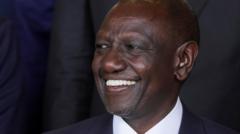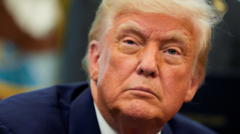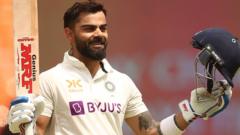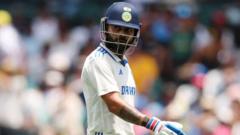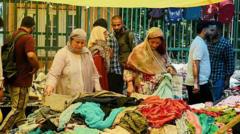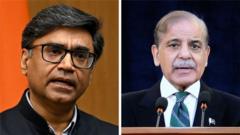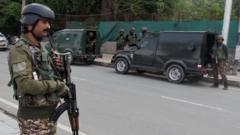Recent GDP data show a deceleration in India’s economic growth, sparking debates among economists and policymakers over the nation’s economic trajectory and future prospects.
Is India’s Economic Growth Slowing Down?
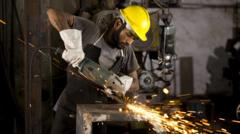
Is India’s Economic Growth Slowing Down?
India's GDP growth hits a seven-quarter low, raising concerns over its economic momentum.
India's economy has hit a seven-quarter low growth rate of 5.4% in the July-September period, significantly below the Reserve Bank of India’s projection of 7%. Despite being labeled the world’s fastest-growing major economy, this downturn raises questions about sustainability, as factors like weak consumer demand, sluggish private investment, and reduced government spending contribute to the decline. The lack of robust goods exports has also been a concern, with India's share in global exports stagnating at just 2% in 2023.
While the finance minister, Nirmala Sitharaman, downplays the downturn as a temporary phenomenon related to election-related spending cuts, experts argue the situation is indicative of deeper structural issues. As demand falters, salary cuts among publicly traded companies have also been highlighted. Economists like Rajeshwari Sengupta stress the need for urgent reforms, citing a critical mismatch between the growth of the "old economy" reliant on traditional sectors and the "new economy", driven by services and technology.
India's inflation surged to 6.2% in October, driven mainly by elevated food prices, which poses another challenge as the central bank continues to uphold high-interest rates to curb inflation. Critics suggest that high rates stifle borrowing and, consequently, investment—a key driver of economic growth.
The dichotomy between the flourishing new economy, exemplified by the rise of global capability centers, and the stagnating old economy poses a significant risk to achieving sustainable growth. Experts warn that without a catalyst for the old economy, which includes farming and informal sectors, job creation will stall, leading to a vicious cycle of low consumption demand and investment.
Additionally, India's trade competitiveness suffers from increased tariffs and a strong rupee, which discourages exports. The central bank's measures to defend the rupee, including spending billions from forex reserves, are critiqued for curtailing liquidity and limiting potential growth in exporting sectors.
Despite ongoing challenges, government officials maintain optimism about India's economic resilience, emphasizing banks' stability and improved poverty levels. Yet, economists caution against taking the economic narrative of “fastest growing” at face value—real transformations need to augment growth rates significantly to foster job creation and elevate living standards.
In conclusion, while the narrative of a rapidly growing Indian economy persists, critical indicators suggest that immediate reforms and strategic investments are necessary to harness the economic potential and avert further slowdown.
While the finance minister, Nirmala Sitharaman, downplays the downturn as a temporary phenomenon related to election-related spending cuts, experts argue the situation is indicative of deeper structural issues. As demand falters, salary cuts among publicly traded companies have also been highlighted. Economists like Rajeshwari Sengupta stress the need for urgent reforms, citing a critical mismatch between the growth of the "old economy" reliant on traditional sectors and the "new economy", driven by services and technology.
India's inflation surged to 6.2% in October, driven mainly by elevated food prices, which poses another challenge as the central bank continues to uphold high-interest rates to curb inflation. Critics suggest that high rates stifle borrowing and, consequently, investment—a key driver of economic growth.
The dichotomy between the flourishing new economy, exemplified by the rise of global capability centers, and the stagnating old economy poses a significant risk to achieving sustainable growth. Experts warn that without a catalyst for the old economy, which includes farming and informal sectors, job creation will stall, leading to a vicious cycle of low consumption demand and investment.
Additionally, India's trade competitiveness suffers from increased tariffs and a strong rupee, which discourages exports. The central bank's measures to defend the rupee, including spending billions from forex reserves, are critiqued for curtailing liquidity and limiting potential growth in exporting sectors.
Despite ongoing challenges, government officials maintain optimism about India's economic resilience, emphasizing banks' stability and improved poverty levels. Yet, economists caution against taking the economic narrative of “fastest growing” at face value—real transformations need to augment growth rates significantly to foster job creation and elevate living standards.
In conclusion, while the narrative of a rapidly growing Indian economy persists, critical indicators suggest that immediate reforms and strategic investments are necessary to harness the economic potential and avert further slowdown.


